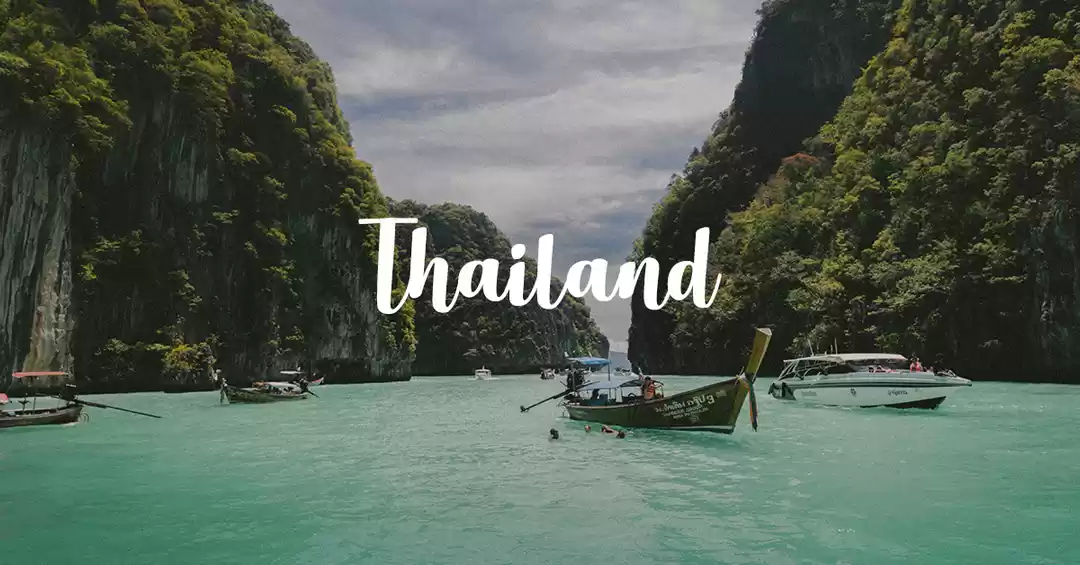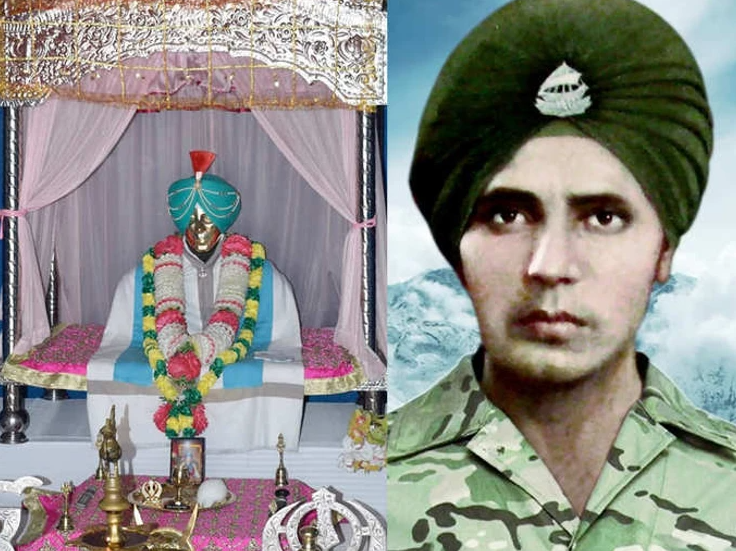Borders have always fascinated and excited me. For the residents of India’s bustling cities, like myself, life in the country’s border areas has mostly been a matter of intrigue and interest.
India shares International Borders (land and maritime) with as many as eight nations. The Attari-Wagah Border (in Punjab) with Pakistan is perhaps the most popular of all borders. Thousands of tourists visit the place to witness the spectacular flag ceremony every afternoon. But there are few places of Border that are peculiar and out of the ordinary. Four borders in the four corners of the Indian map are linked with riveting folklore and fascinating mythology. For a country as wide and broad as India, it isn’t amusing that four corners have four novel tales to tell. Remarkable legends converge at these territorial boundaries of India, one in each of the four cardinal directions.
1. Longewala, to the West

Longewala is about 130km from Jaisalmer, Rajasthan. Most tourists are content with visiting the Sonar Kella and the Gadisar Lake in Jaisalmer. But few are fascinated by the trip to Longewala, through the wilderness of the Thar Desert. The story of Tanot Mata Temple on this route is one miraculous tale.
The history of this place is nothing short of stories from our mythologies. The place was attacked by the rival Army during the Indo-Pakistan War of 1965. 3000-odd shells were fired by enemy tanks. Mysteriously though, none of the bombs exploded in the region. The reigning deity of the temple is credited with protecting the Indian Army. The deity is believed to be an incarnation of Hindu Goddess Hinglaj Mata. After India’s victory in the war, BSF established a post inside the temple premises and took charge of proceedings of Pooja of the deity. The diffused bombs are put on display in a museum built by the Indian Army.

The “Yudh-sthal” (war-zone) is also adorned with tanks and army jeeps that were destroyed by Indian Forces. A visit to this place fills the heart with pride and gratitude for the sons of the soil who sacrificed their present for our safe future.
How to reach Longewala: Generally public transport is not available on this route. One may hire a cab for a day’s trip from Jaisalmer. Although Jaisalmer airport is operational, Jodhpur airport (285km from Jaisalmer) is the closest popular airport. Jaisalmer is well connected with the rest of the major cities in Rajasthan and other parts of India by trains and buses.
2. Nathula, to the East

Stories of the supernatural are linked to another important border of India. Nathula is a Himalayan mountain pass between Sikkim (India) and China's Tibet Autonomous Region. The pass, at 4310m above mean sea level, forms a part of the ancient Silk Route. The major attraction of the region is the fabled Baba Mandir Temple.

Indian Army have come to believe that the spirit of the Baba Harbhajan Singh still guards the border and protects every soldier in the inhospitable terrains. Hence they have enshrined a bunker to commemorate the late Indian soldier. It has the items of his personal use, like his shoes, uniform and pen. The temple fills the soul of travelers with a sense of deep spirituality and devotion.

How to reach Nathula: Cabs (exclusive or shared) may be hired from taxi-stands in Gangtok for a day’s trip to Nathula Pass. It is to be noted that shared cabs generally take tourists to a new temple built by the Indian Army to celebrate the legend of Baba Harbhajan Singh. The original bunker is around 9km further away, towards Nathang Valley. Cabs charge extra for this tour. Indian citizens require a Protected Area Permit to visit the pass, while foreign nationals / NRI are not allowed.
3. Dhanushkodi, to the South

Dhanushkodi, located in the Rameshwaram district of Tamil Nadu, is the place where the wonders of nature and man become one. With the Bay of Bengal on one side and the Indian Ocean on the other, Dhanushkodi is the southern tip of the Indian map. It once served as an important port and ferry services were available between Dhanushkodi and Talaimannar, a town in Sri Lanka. But the severe cyclone of 1964 devastated the bridge and ruined it all.

Pamban Bridge is India's first sea bridge on Palk Strait that connects Rameshwaram to mainland India. This architectural wonder is a major tourist attraction in the region, which otherwise is a mere sandy grave of a once thriving town. Apart from the eerie charm of an abandoned hamlet, the place is also significant as legend associates the origin of Ram-Setu from here. Ram Setu is a chain of natural limestone shoals between Pamban Island (India) and Mannar Island (Sri Lanka). As per the Indian epic Ramayana, Lord Ram had constructed this bridge with the help of the Ape-army (Vanara-Sena) before the final battle with King Ravan of Lanka. Standing at the edge of the confluence, trying to distinguish between the mighty oceans on both sides, one’s mind is transferred to a sublime meditative state.

How to reach Dhanushkodi: The nearest airport is at Madurai (174km). The Pamban Bridge on the Manamadurai–Rameshwaram section is a railway bridge which connects the town of Mandapam in mainland India with Rameswaram. Annai Indira Gandhi Road Bridge, built parallel to this bridge, also connects NH49 with Rameshwaram Island. This way, the place is conveniently connected to Madurai or Chennai in Southern India.
4. Mana, to the North

Another Indian Border area associated with an epic is Mana. The Mana Pass, leading to Indo-Tibetan Border in the state of Uttarakhand is associated with the Mahabharata. About three km from the holy town of Badrinath, Mana is popular for tea stalls that boast of being the “Last Tea Stall of India”. Here, mythology is not merely a fragment of fables, but an inseparable part of the lives of the residents. Ganesh Gufa is a cave where Lord Ganesha is believed to have written the Mahabharata. Right next to it, there is a (supposed) 5000 year old cave with walls that look like pages of a book. This is the Vyas Gufa.

This is where Sage Vyas had dictated to Lord Ganesha the whole story of the Mahabharata. Mana is also the place from where the Pandava brothers had started off on their final journey to the heavens, the Swargarohan. According to the epic, Yuddhisthir, accompanied by a dog, was the only one to have gone to the heaven, his wife and brothers having passed away one after another, along the trail. It is interesting that instances of the last moments of the epic and the first retelling of the same converge at Mana.

How to reach Mana: Mana (at 3219msl) is a quaint village, located on the northern terminus of National Highway 58. The nearest airport is Jolly Grant Airport near Dehradun, about 325km away. Buses or shared jeeps are available from Haridwar / Rishikesh upto Badrinath. One may hire a cab for half-a-day’s trip to Mana therefrom.
Roads, seas and deserts act as a divider between nations. Voter Identity Cards show different countries in addresses. Lines drawn on maps alienate people, divide states and dissect legacies. Yet, some mystical stories and religious chronicles expand beyond time and political boundaries in India. These four places in the East West North and South, offer travelers opportunity to explore and admire cultures, traditions and heritage that India prides itself with.
Explore 'Mera Shandar Bharat, Safar Anokhey India Ka' where we are celebrating a never-before-seen India!




























